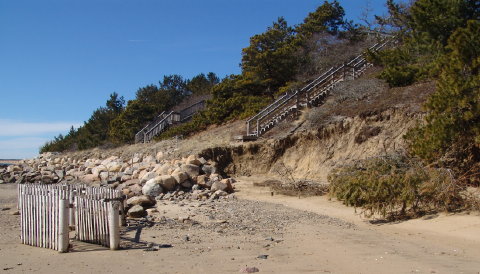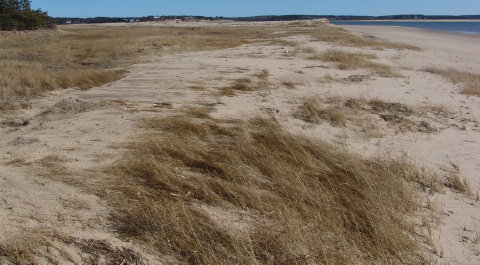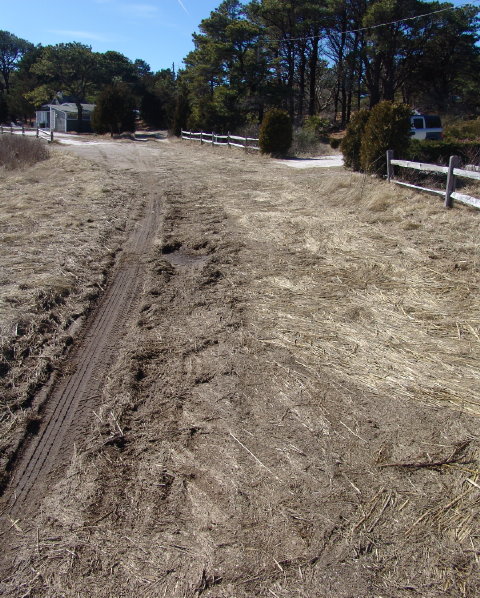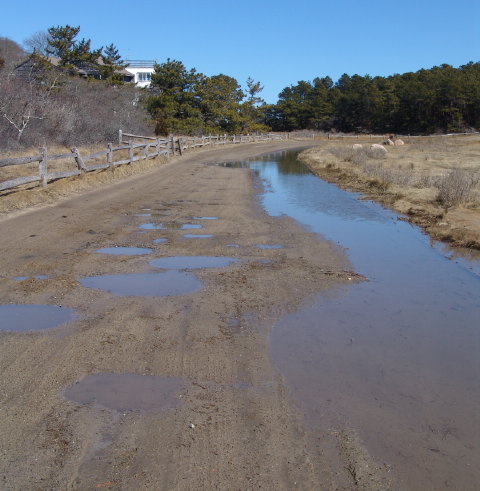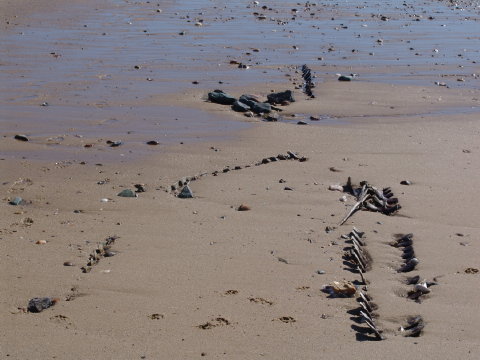Waves Rumble Ashore at Wellfleet’s Newcomb Hollow Ocean Beach
Late February and early March storms battered Outer Cape Cod causing substantial waterfront erosion on both ocean and bay sides. Under bright sunshine on Saturday, the remnants of these storms still endured with breakers crashing along the nearly 30 mile Great Back Beach. Enormous gouges have been ripped out of the towering Atlantic coastal sand banks.
Scalloped Erosion at South Terminus of Indian Neck Sea Wall
On the bayside, erosion has been equally destructive. At the south edge of the Indian Neck sea wall, “scalloping” has cut deeply into the bank and now threatens the wooden stairway. Despite supposedly protective tidal fencing, trees have been ripped from the bank by the erosive force of winter storms and flood tides.Â
Continuous Winter Overwash Transforms Indian Neck Salt Marsh
Nearby, this winter’s continuous overwash of the foredune along Indian Neck’s Blackfish Creek shore has transformed the salt marsh habitat previously protected behind it.
Winter Tides Threaten Terrapin Nesting Sites on Lieutenant Island’s Marsh RoadÂ
Repeated storms and flood tides soften and threaten the extremely productive terrapin nesting sites along Marsh Road on Lieutenant Island’s south shore. Tidal wrack has been strewn along the roadway and into abutting yards. Turtle Journal has not previously seen such erosion in the last dozen years.
Erosion of Lieutenant Island’s Meadow Avenue West
Tides similarly assaulted the roadway connecting the first (east) and second (west) islands with significant erosion and softening.
Four Additional Pilot Whale Skeletons Exposed by Tidal Erosion
On the west shore of Lieutenant Island, four more pilot whale skeletons have extruded from the sand with winter battering. See the earlier Turtle Journal posting, Whale Bones Rise from Sands of History, from late January 2010.
